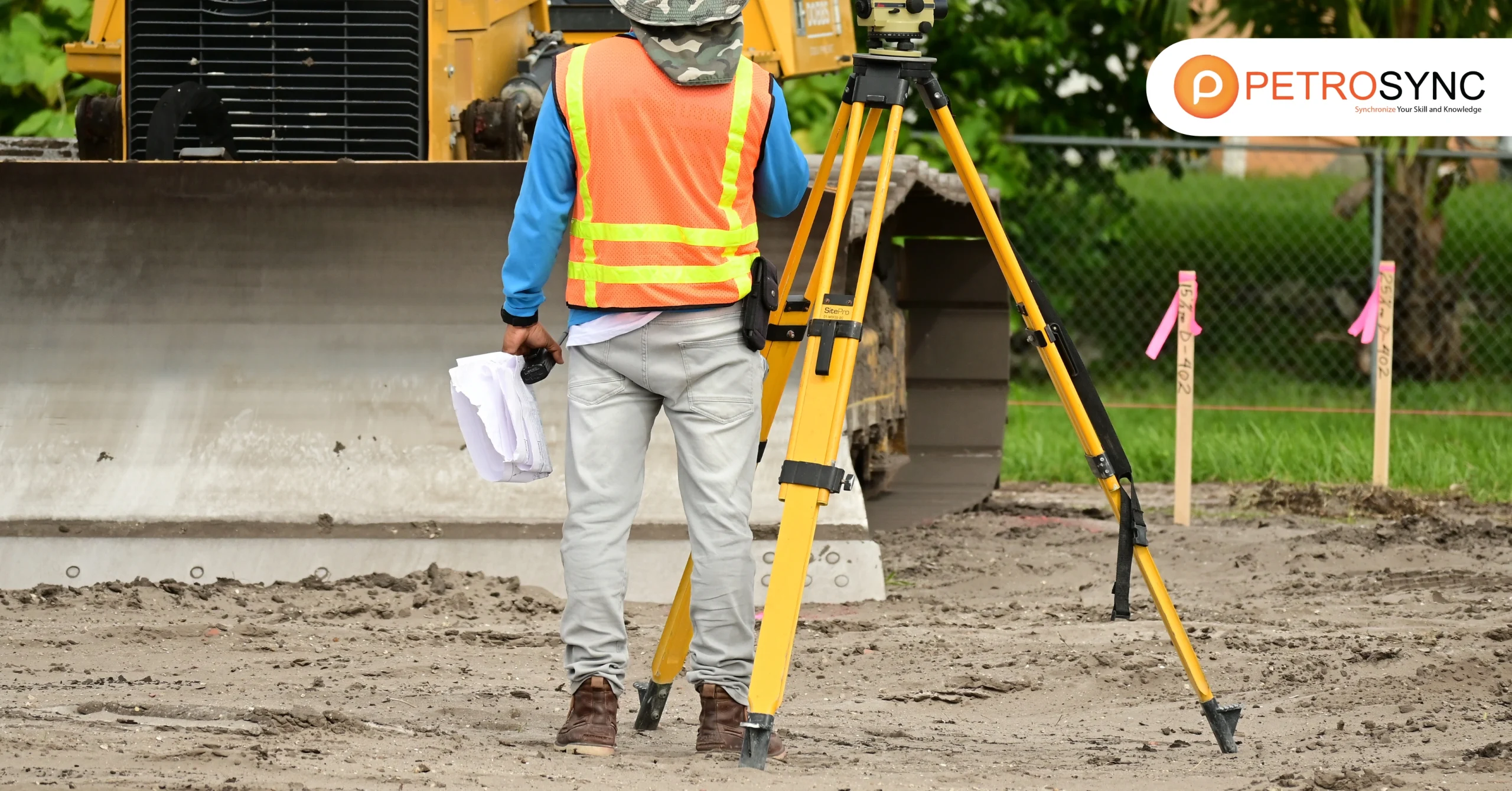In industries where reliability is crucial, achieving optimal reliability design becomes a vital pursuit. As businesses rely more on complex systems and advanced technologies, ensuring these systems operate with the highest dependability is not just a preference but a necessity. This article explores the details of optimal reliability design in its fundamental principles.
What Is Optimal Reliability?
Optimal reliability, one in which all possible means available to a designer have been explored to enhance the reliability of the system, refers to achieving the highest level of performance and dependability in systems and products. It involves fine-tuning various elements, such as maintenance practices and operational strategies, to ensure that systems consistently operate as intended with minimal chances of failure.
Essentially, optimal reliability design aims to strike the ideal balance that maximizes efficiency, minimizes downtime, and prolongs the lifespan of components. It is about reaching the most effective and efficient state in terms of reliability, ensuring that systems function predictably and consistently over time.
What Are Some System Performance Measurements?
In the pursuit of optimal reliability, various system performance measurements play a pivotal role in assessing and enhancing the effectiveness of a system.
1. Reliability
Reliability is a crucial performance measurement that assesses a system’s ability to consistently operate without failures over a specific period. It quantifies the likelihood of a system performing its intended functions without disruptions. High reliability indicates a dependable system that is less prone to breakdowns, instilling confidence in its continuous functionality and minimizing unexpected interruptions.
2. Availability
Availability measures the proportion of time a system is operational and ready for use. It takes into account both planned and unplanned downtime. High availability indicates a system that is consistently ready to perform its functions, considering factors like maintenance, repairs, and potential failures. This metric is vital for evaluating how reliably a system can deliver its services when needed.
3. Mean time to failure (MTTF)
Mean time to failure (MTTF) calculates the average time a system operates before experiencing its first failure. It provides insights into a system’s stability and longevity. A higher MTTF suggests a longer average time between failures, indicating better overall system reliability. MTTF is particularly valuable for predicting and managing potential issues within a system.
4. Mean Time to Repair (MTTR)
Mean Time to Repair (MTTR) measures the average time it takes to restore a system to normal operation after a failure. This metric is crucial for evaluating how quickly a system can recover from disruptions. A lower MTTR is desirable, as it indicates efficient repair processes, minimizing downtime and ensuring that the system can resume normal functioning swiftly following a failure.
5. Operational Readiness
Operational readiness evaluates how well a system is prepared to perform its functions when required. It considers factors such as personnel readiness, equipment availability, and the effectiveness of maintenance and repair processes. High operational readiness ensures that a system can promptly respond to demands, reducing delays and enhancing overall performance reliability. This measurement is critical for assessing a system’s ability to meet operational requirements and deliver consistent results.
What Are Several Alternatives Available to Improve Optimal Reliability?
In the pursuit of achieving optimal reliability in systems and products, several strategic alternatives can be employed to enhance performance and dependability. According to Lad, B.K., Kulkarni et al, there are several alternatives that you can opt for optimal reliability.
1. Reduction of The Complexity of The System
Simplifying the system’s design involves streamlining the various components and interactions within the system. By minimizing unnecessary intricacies, a designer can reduce the likelihood of errors, malfunctions, and potential points of failure. This simplification not only enhances the system’s reliability but also facilitates easier troubleshooting and maintenance.
2. Use of Highly Reliable Components Through Component Improvement Programs
The use of highly reliable components is a pivotal strategy for bolstering system reliability. Engaging in component improvement programs ensures that the chosen components undergo continuous enhancement to meet or exceed stringent reliability standards.
These programs involve iterative processes of testing, analysis, and modification, leading to components that demonstrate superior performance, durability, and a reduced probability of failures, thereby elevating the overall reliability of the system.
3. Use of Structural Redundancy
Structural redundancy involves incorporating duplicate elements or subsystems within the system. In the event of a primary component failure, these redundant elements seamlessly take over, preventing a complete system breakdown.
This approach not only enhances reliability by providing backup mechanisms but also increases fault tolerance, allowing the system to sustain its functionality even when faced with unexpected failures. Structural redundancy is particularly effective in critical systems where uninterrupted operation is paramount.
4. Putting in Practice A Planned Maintenance, Repair Schedule and Replacement Policy
Implementing a well-structured maintenance, repair, and replacement plan is pivotal for ensuring the long-term reliability of a system. This involves establishing a proactive schedule for regular inspections, preventive maintenance, and timely replacement of components prone to wear or degradation over time.
By adhering to a planned schedule, potential issues can be identified and addressed before they escalate into significant failures, thereby extending the overall lifespan and reliability of the system.
5. Decreasing The Downtime by Reducing Delays in Performing The Repair.
Efficiently managing downtime during repairs is a critical aspect of enhancing system reliability. This involves establishing rapid response mechanisms and minimizing delays in addressing issues as they arise.
Downtime is reduced by streamlining the repair process, promptly sourcing replacement components, and ensuring skilled personnel are readily available. This proactive approach not only minimizes the impact on operations but also contributes to a system’s overall reliability by swiftly restoring functionality and preventing prolonged periods of non-operation.
In conclusion, the pursuit of optimal reliability design is not merely a technical consideration but a strategic imperative for industries that prioritize unwavering performance. Achieving optimal reliability goes beyond minimizing failures; it ensures that systems consistently meet operational demands, fostering trust and dependability. This pursuit is particularly critical for industries where the consequences of system failures can have far-reaching implications.
The significance of optimal reliability is underscored by its inclusion as a topic in the Certified Reliability Engineer (CRE) examination. CRE certification recognizes the need for professionals to possess in-depth knowledge of methodologies, tools, and practices that contribute to the design and maintenance of highly reliable systems.
Join PetroSync Training to Master Advanced Technical Skills
If you aim to explore the ins and outs of optimal reliability and strengthen your expertise in reliability engineering, considering Certified Reliability Engineer (CRE) training is a wise decision.
PetroSync offers a comprehensive CRE training program crafted to equip you with the essential skills and insights required to excel in this dynamic field. Enrolling in PetroSync’s CRE training not only deepens your understanding of optimal reliability principles but also provides practical knowledge and tools to apply them effectively.

Results-oriented and thorough SEO specialist with extensive experience in conducting keyword research, developing and implementing digital website promotion strategies and plans, managing campaigns to develop company websites in the digital world, excellent knowledge of marketing techniques and principles, and attentive strong attention to detail.







